Talking to us about the “very long and very far” journey of bringing Vietnamese robots into a demanding market like the EU when “packaging” robot products…. Master Khong Minh laughed, “Vietnamese people are very good, it’s no joke!”.
Considered the "father" of the first autonomous robots at Phenikaa X - what inspired you to pursue the path of robot research and development from the very beginning?
MSc. Khong Minh: Robots came to me very early – since high school. I loved robots, watched Robocon from my first years. When I was in college, I also joined the Robocon team. When I returned to work at the university, I spent nearly ten years guiding students in Robocon. We traveled all over the country, year after year. For almost a decade, I lived with robots, first as a passion, then as a career.
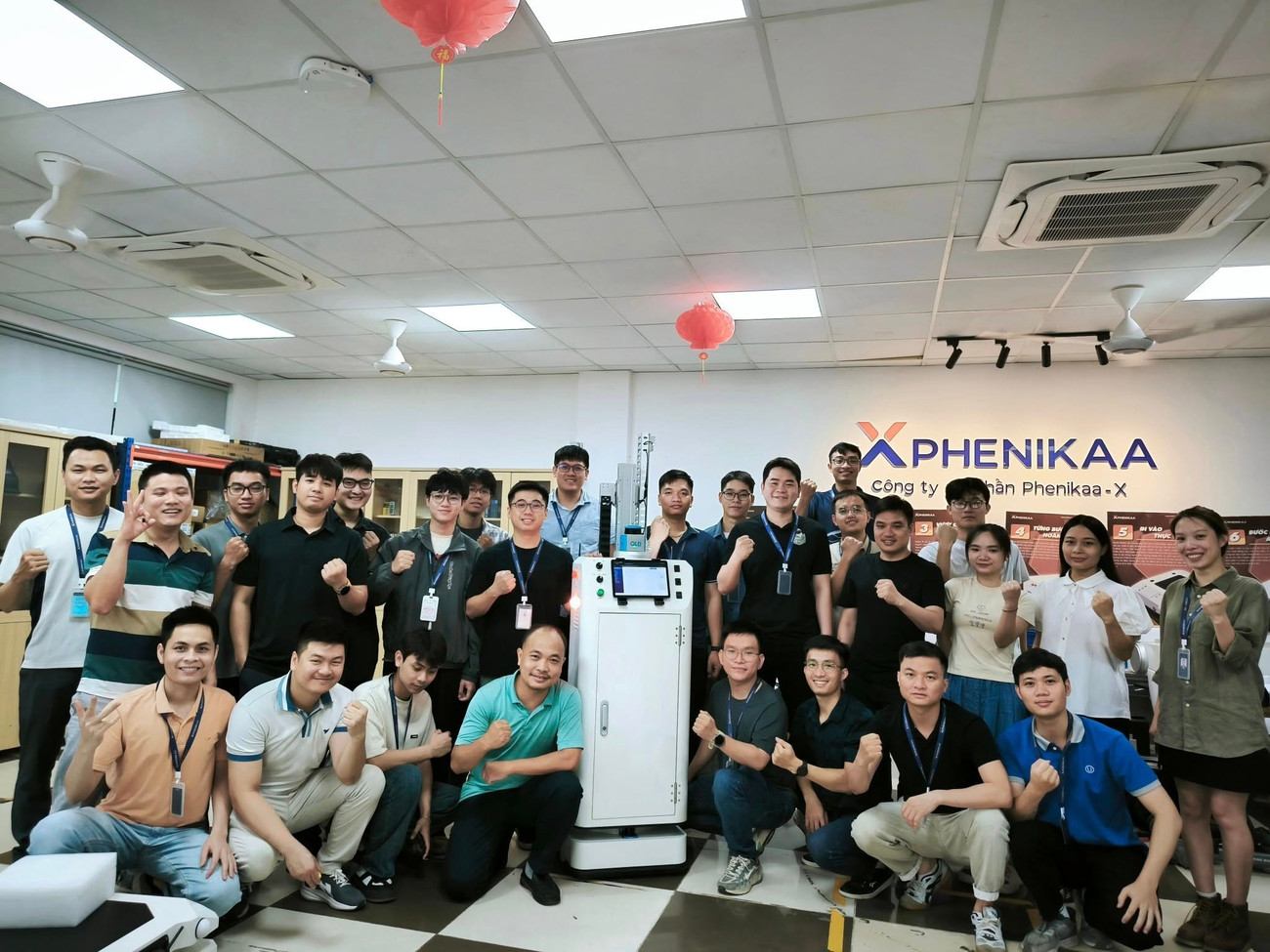
I started researching and teaching robotics in 2010. During the period 2010–2015, I researched robotic manipulators – but at that time it was very difficult to access important hardware such as joint motors and precise sensors. I liked making real robots, not just simulations, so I switched to researching mobile robots – because this type is more accessible, and most importantly, I can realize my dream of “made in Vietnam” from here.
In 2016, thanks to seriously starting from the beginning – from the algorithm – we got our first order to Japan. Then there were projects for ABB Vietnam and domestic companies. That added to the belief that our direction is not just research – but has real output.
Back then, the team consisted of just a few teachers and students in a lab. But I believed that Vietnamese people were just like foreigners – if they could do it, we could do it too. Maybe even better.
From the first robot prototype to the current smart autonomous robots (already on the market), what were the most memorable turning points on that journey for you and your... "kids"?
MSc. Khong Minh: Probably the shift from robotic arms to mobile robots. It gave me the opportunity to make more realistic products. Now I might go back to robotic arms, because after 15 years, the hardware is much more accessible.

Robotics – or more broadly, Robotics, Mechatronics – is an interdisciplinary field, connecting many factors. It is not just programming or design. It is the resonance between hardware, artificial intelligence, image processing, sensors, computers. Those factors depend on and promote each other. If only one factor is strong, the rest are not “ripe”, the robot will still not be successful.
Be calm, wait for the right moment – as long as you don't give up.!
In the journey to bring “made in Vietnam” robots to the world , what is the key factor – and in your opinion, how does the environment at Phenikaa X in particular and Phenikaa in general contribute to this dream?
MSc. Khong Minh: The university environment is very important. As a lecturer, I always update technology. When big companies come to Vietnam, they often visit schools - so we have early exposure and learn a lot.
But if it were just in the lab, everything would be much slower – from buying equipment, hiring people, to deploying products. Moving to Phenikaa-X – a technology company in the Phenikaa ecosystem – I have more space to “struggle”. Here, I have more authority, but also more responsibilities.
I am very grateful that at Phenikaa I am trusted, given autonomy, and most importantly, given real work. And I know that, in order for the young team to follow me, I must uphold the flag of “real work – real products – real values”. I must show them: I do not do it for fun, but do it thoroughly!
For you, what is the core factor for a “made in Vietnam” robot product to be able to compete and reach the global market – technology, people, strategy or something else?
Master Khong Minh: It’s still human. It sounds familiar, but I want to say it specifically: you have to be steadfast in your goals. I remember what my teacher told me before graduating: “It’s not how the wind blows, but how the sails are set.” At sea, the wind changes direction constantly, but the boat still reaches the shore – because the helmsman knows how to adjust the sails.
Many robot startups start with a product dream, but then turn to commerce – reselling imported robots. That’s right. But if you want to go far with technology, you have to persevere and overcome the difficult stages.
And more importantly: have good partners. I am very lucky to always have curious, hard-working, and exploratory partners. They are young engineers from domestic universities, including Phenikaa University. We – from me to the entire robotics team – are all “100% domestic products”. But I believe that I am not inferior to anyone. I can learn from the world, cooperate, but first of all, I must be confident in doing it.
In a fiercely competitive global market, what are the unique advantages of robots developed by Vietnamese people?
MSc. Khong Minh: I often tell my team members: there are many people out there who are better than you, if you have better conditions, you must take advantage of the opportunity - otherwise it's a waste!
At Phenikaa, robotics is a new field. People know Phenikaa through Vicostone stone products – an excellent product. But with robots, we are… newbies. So we have to prove it with quality. Product quality, service quality. No need to make a big announcement, just do it for real.
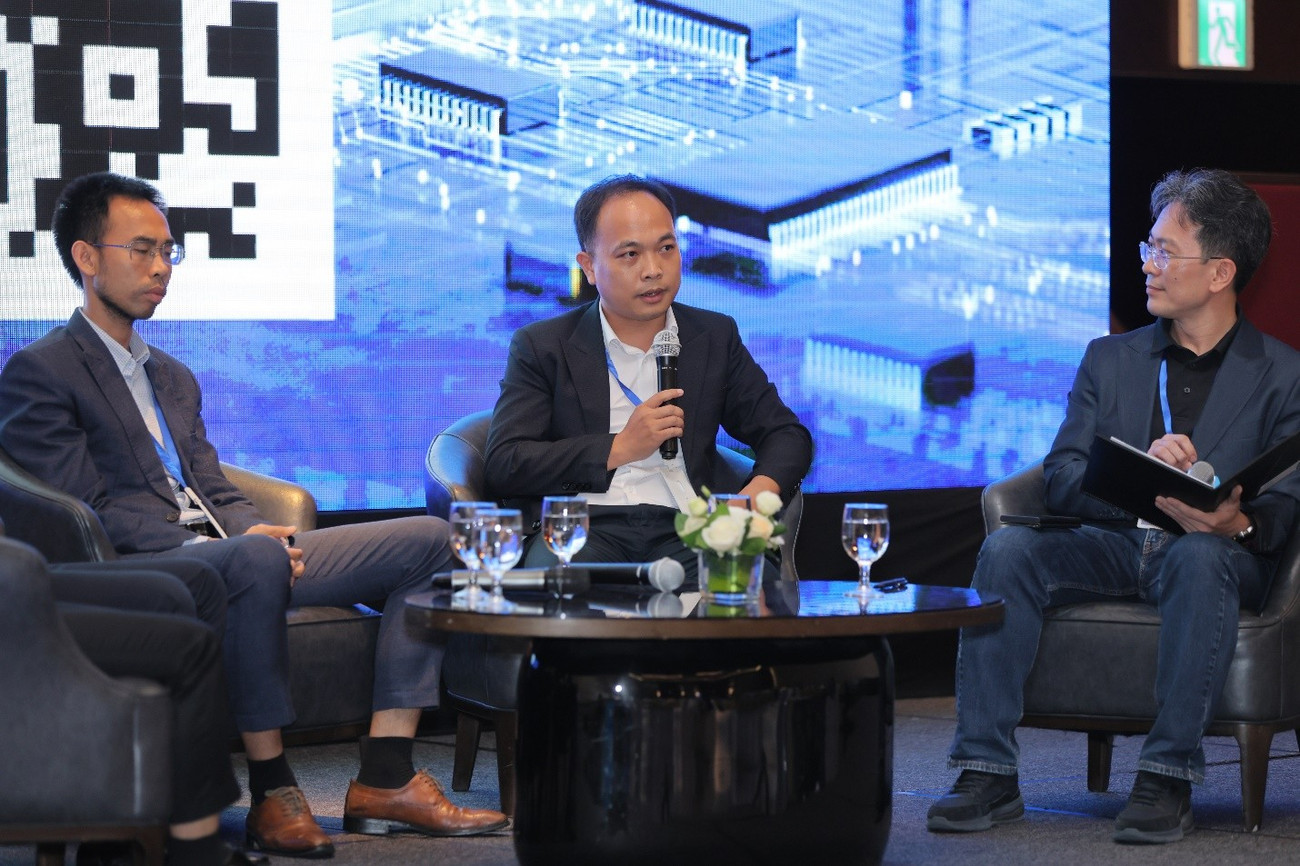
Not only Phenikaa internally supports us. So do our customers. The engineers, managers, robot operators at the factory – they accompany and support us wholeheartedly. There is information from the field that without them, we cannot improve the product.
I will always remember at Samsung Thai Nguyen : as long as Phenikaa engineers are still working, the SEVT factory will still have lights on. They operate our robots beyond design expectations. That is what makes me touched and grateful.!
I hope this word “real” will last forever – like the culture of the Phenikaa people.
How do you evaluate the potential of Vietnamese robots and the current young engineering force?
MSc. Khong Minh: Our advantage is a high-quality workforce – young, intelligent, and hard-working. And the cost of labor is still at a reasonable level compared to the world.
For technology engineers, the more projects they do, the “sweeter” and more talented they become. Meanwhile, robots still cannot do everything – they need humans to operate, install, and maintain them. That is an advantage for Vietnamese businesses – especially when robots are increasingly used in factories in Vietnam.
PV: If you had to send a message to students studying engineering and technology at Phenikaa University, what would you say to inspire and arouse the pioneering spirit in applied research?
MSc. Khong Minh: Be curious, be diligent and be confident . You and them - research and development engineers in the world - they can do it, you can do it too. Even better!
Just love and believe in what you are doing. Be persistent and you will reach your destination one day!
Source: https://tienphong.vn/ths-khong-minh-khong-phai-gio-thoi-the-nao-ma-canh-buom-minh-huong-ra-sao-post1763018.tpo



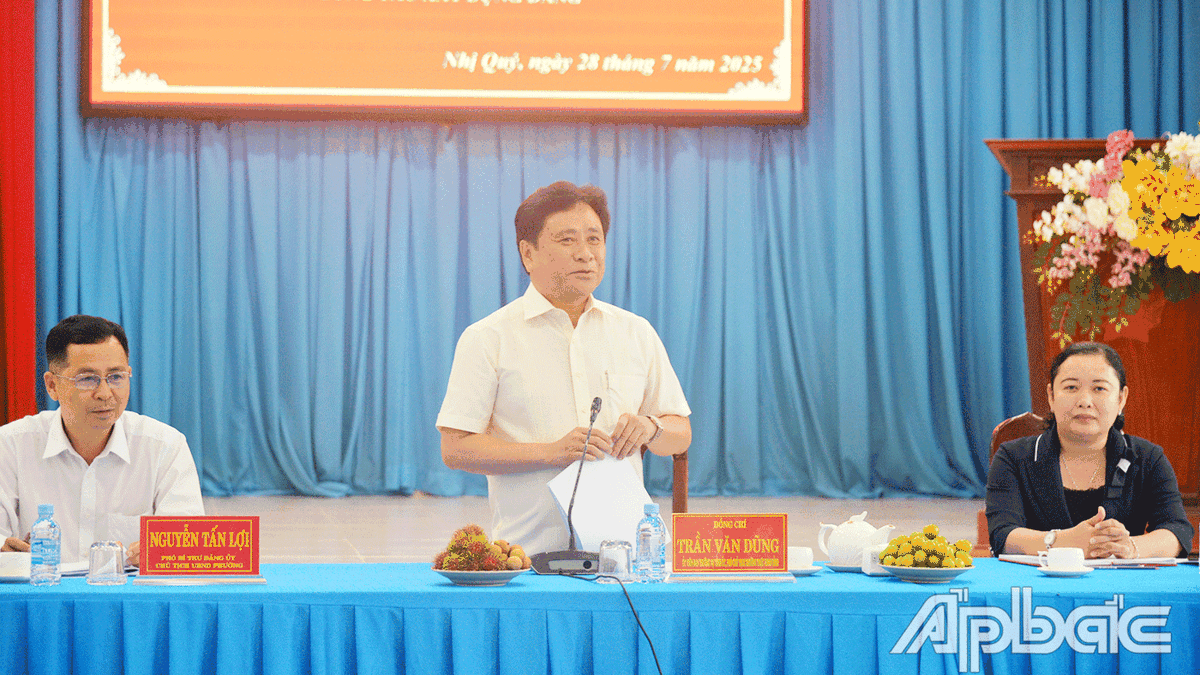

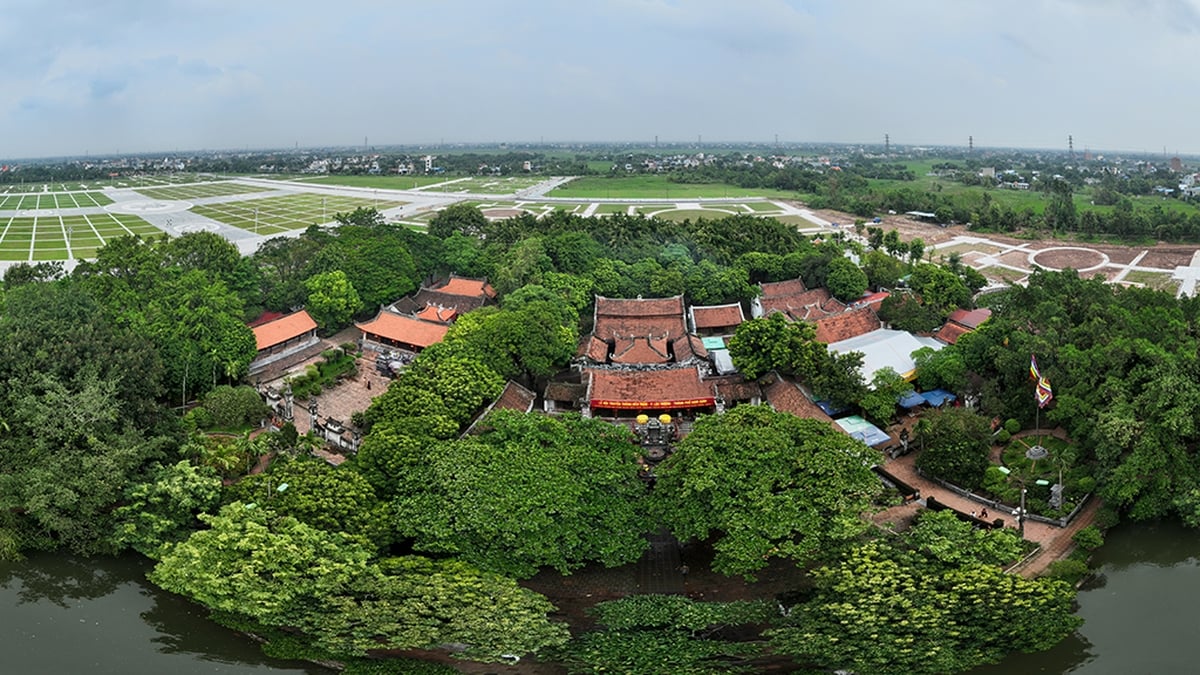
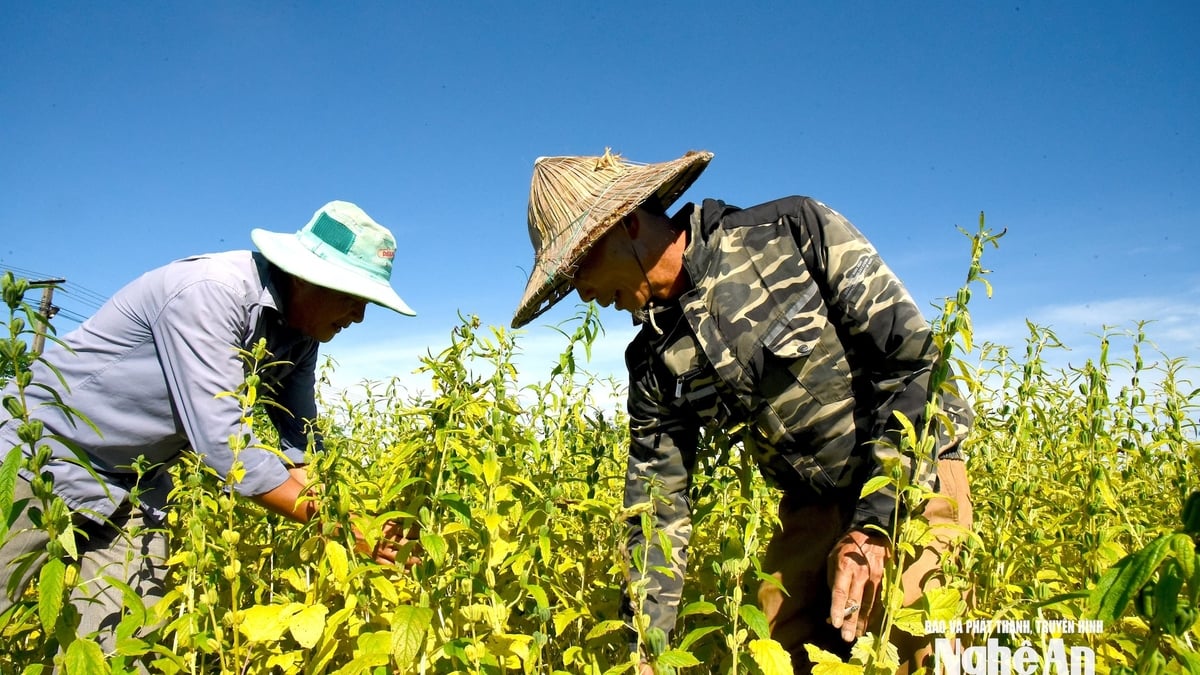


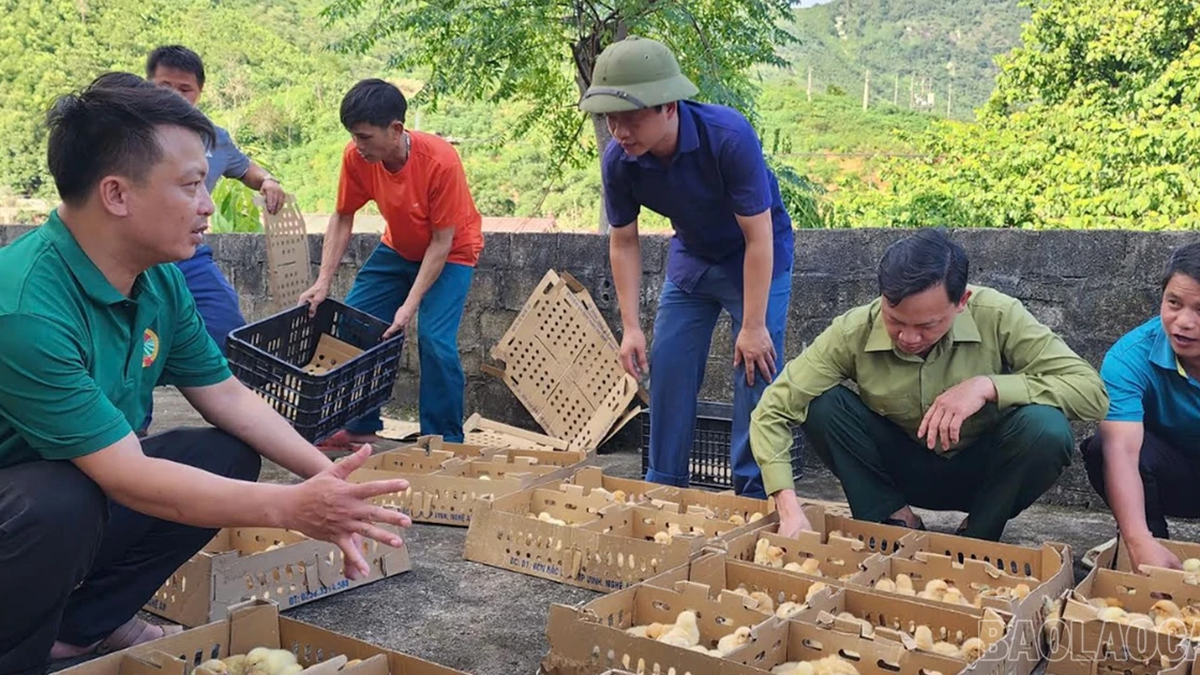

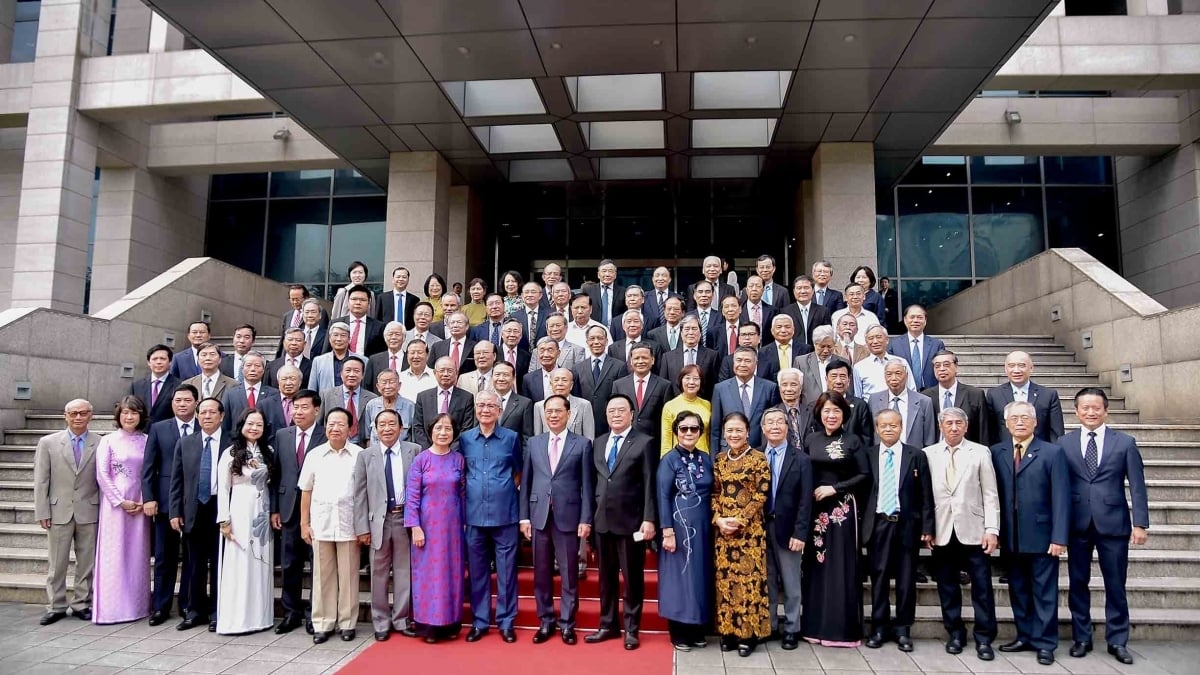












![[Photo] National Assembly Chairman attends the seminar "Building and operating an international financial center and recommendations for Vietnam"](https://vphoto.vietnam.vn/thumb/1200x675/vietnam/resource/IMAGE/2025/7/28/76393436936e457db31ec84433289f72)








































































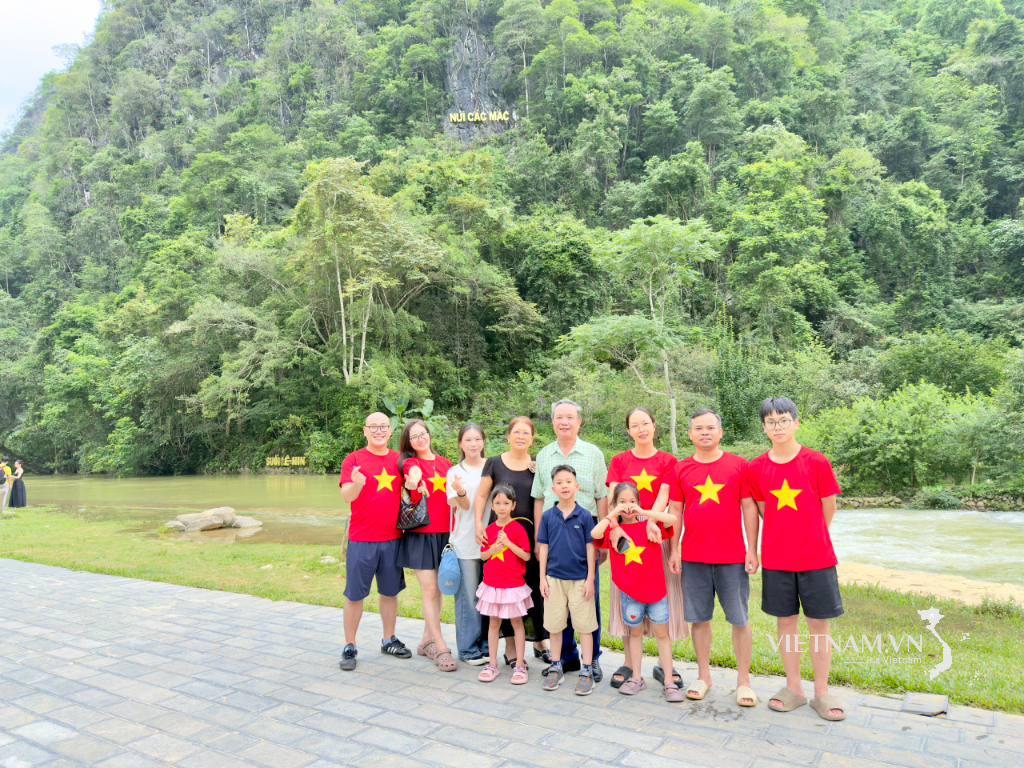
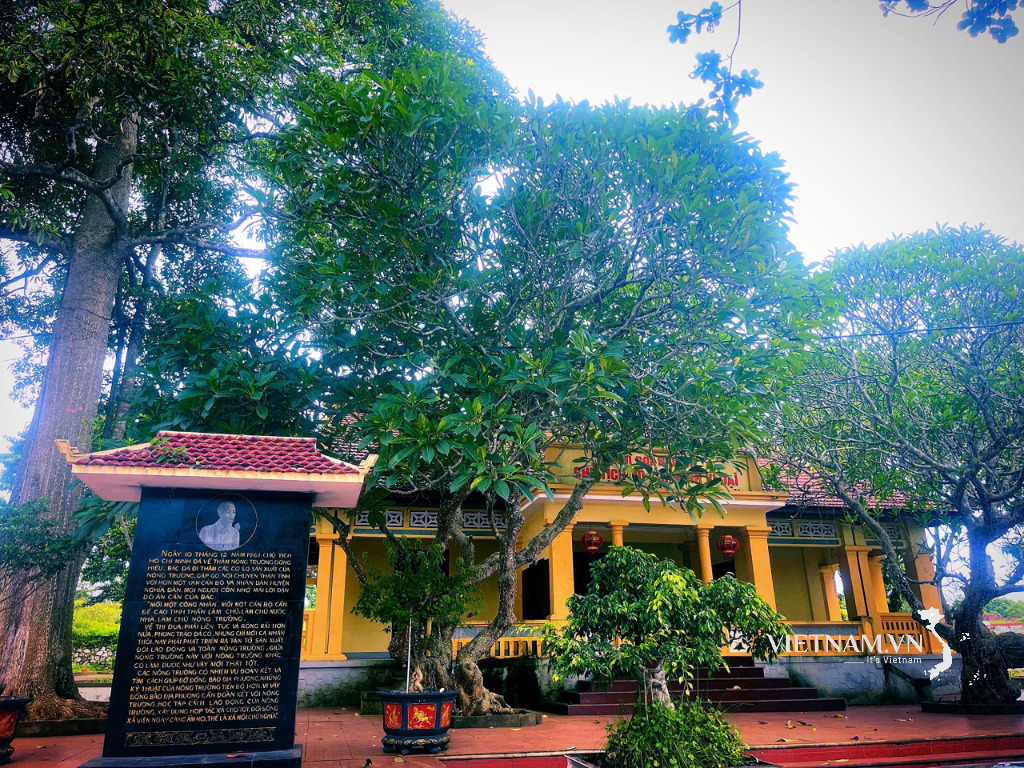

Comment (0)